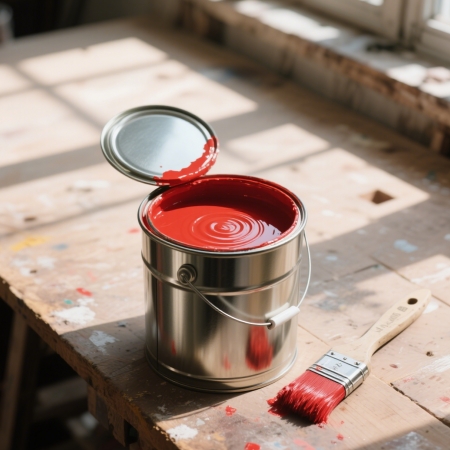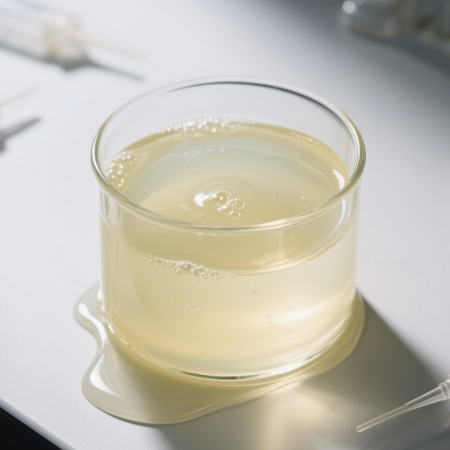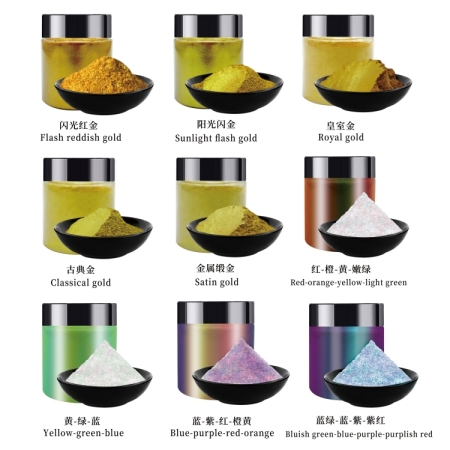
| Paint composition | |
| Main film-forming substances | Also known as binder, the main film-forming substances are mostly organic polymer compounds such as natural resins (rosin, lacquer), coatings (tung oil, linseed oil, soybean oil, fish oil, etc.), synthetic resins and other mixed ingredients, which are formed through high-temperature reaction. There are also paints composed of inorganic substances (such as: inorganic zinc-rich paint). It is the main body of the paint and determines the performance of the paint film. If there is no film-forming substance, pure pigments and auxiliary materials cannot form a paint film. Generally, the main film-forming substances refer to various types of resins. There are mainly: asphalt resin phenolic resin, alkyd resin, amino resin, nitro resin, perchlorethylene resin, acrylic resin, polyester resin, polyurethane resin, silicone resin, vinyl resin, fluorocarbon resin, etc. |
| Secondary film-forming substances | Including various pigments, body pigments, and anti-rust pigments. Pigments provide color and hiding power for the paint film, improve the protective performance and decorative effect of the paint, and pigments with good weather resistance can increase the service life of the paint. Body pigments can increase the thickness of the paint film. By utilizing the properties of its own "flake-like and needle-like" structure, through the accumulation and overlapping of pigments, a fish-scale-like paint film is formed, which increases the service life of the paint film and improves its waterproofness and anti-rust effect. Anti-rust pigments prevent the surface of objects from being corroded by the atmosphere and chemical substances, and the metal surface from being rusted through their own physical and chemical anti-rust effects. |
| Auxiliary film-forming substances | Including various additives and solvents. Various additives play a very important role in the production, storage, use, and film formation process of paint. Although the usage is minimal, it has a significant impact on the performance of the paint film. The level of paint additives also represents the level of national paint. Solvent, also known as "dispersion medium" (including various organic solvents and water. Organic solvents mainly include aromatic hydrocarbons such as benzene, toluene, xylene, etc.; fatty hydrocarbons such as pentane, hexane, and octane; cycloalkanes such as cyclohexane, cyclohexanone, toluene, and cyclohexanone; halogenated hydrocarbons such as chlorobenzene, dichlorobenzene, and dichloromethane; alcohols such as methanol, ethanol, and isopropanol; ethers such as ether and epichlorohydrin; esters such as methyl acetate, ethyl acetate, and propyl acetate; ketones such as acetone, methyl butanone, and methyl isobutyl ketone; diol derivatives such as ethylene glycol monomethyl ether, ethylene glycol monoethyl ether, and ethylene glycol monobutyl ether; other 10 categories), mainly dilutes film-forming substances to form viscous liquids for production and construction. |



